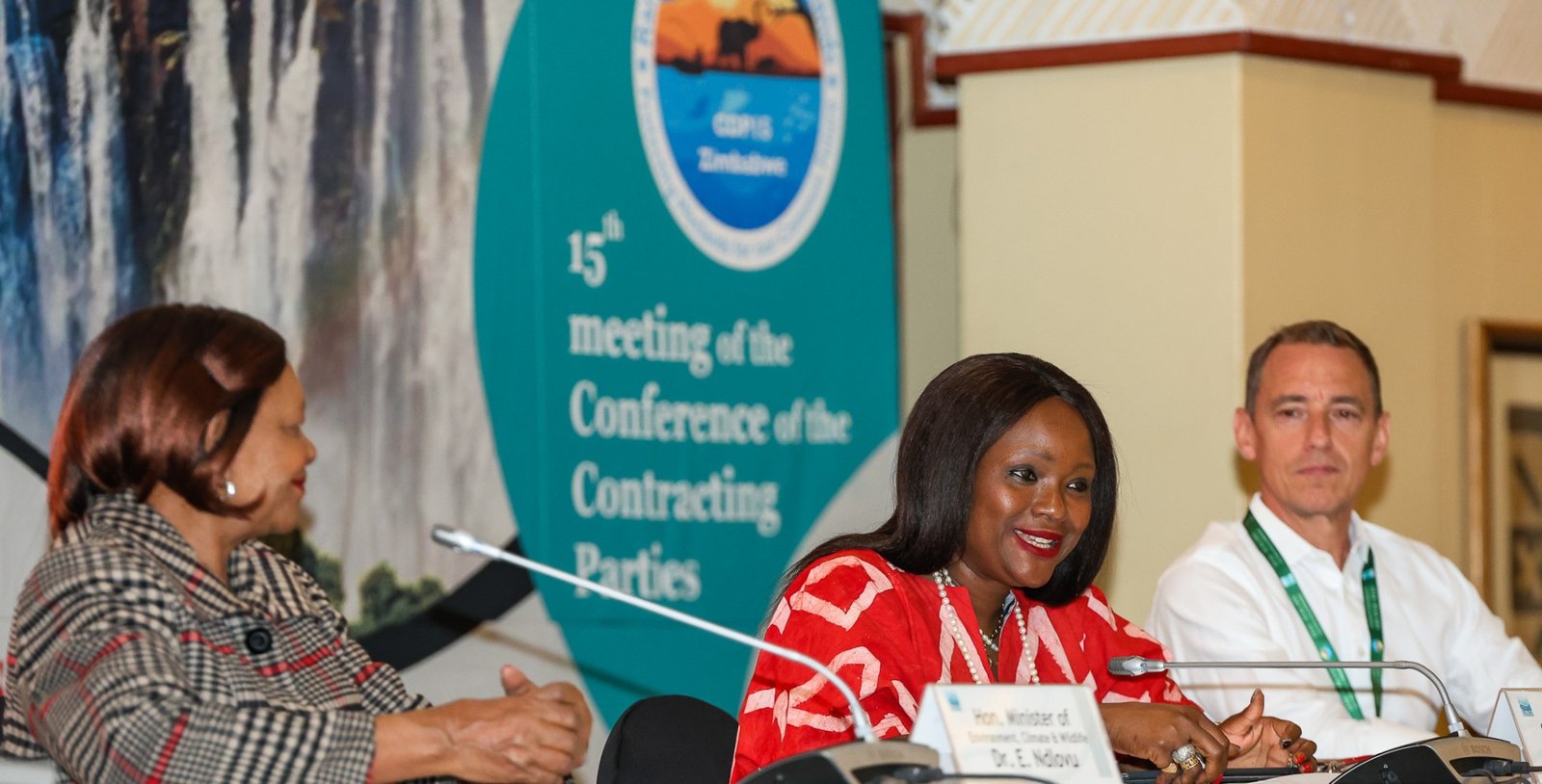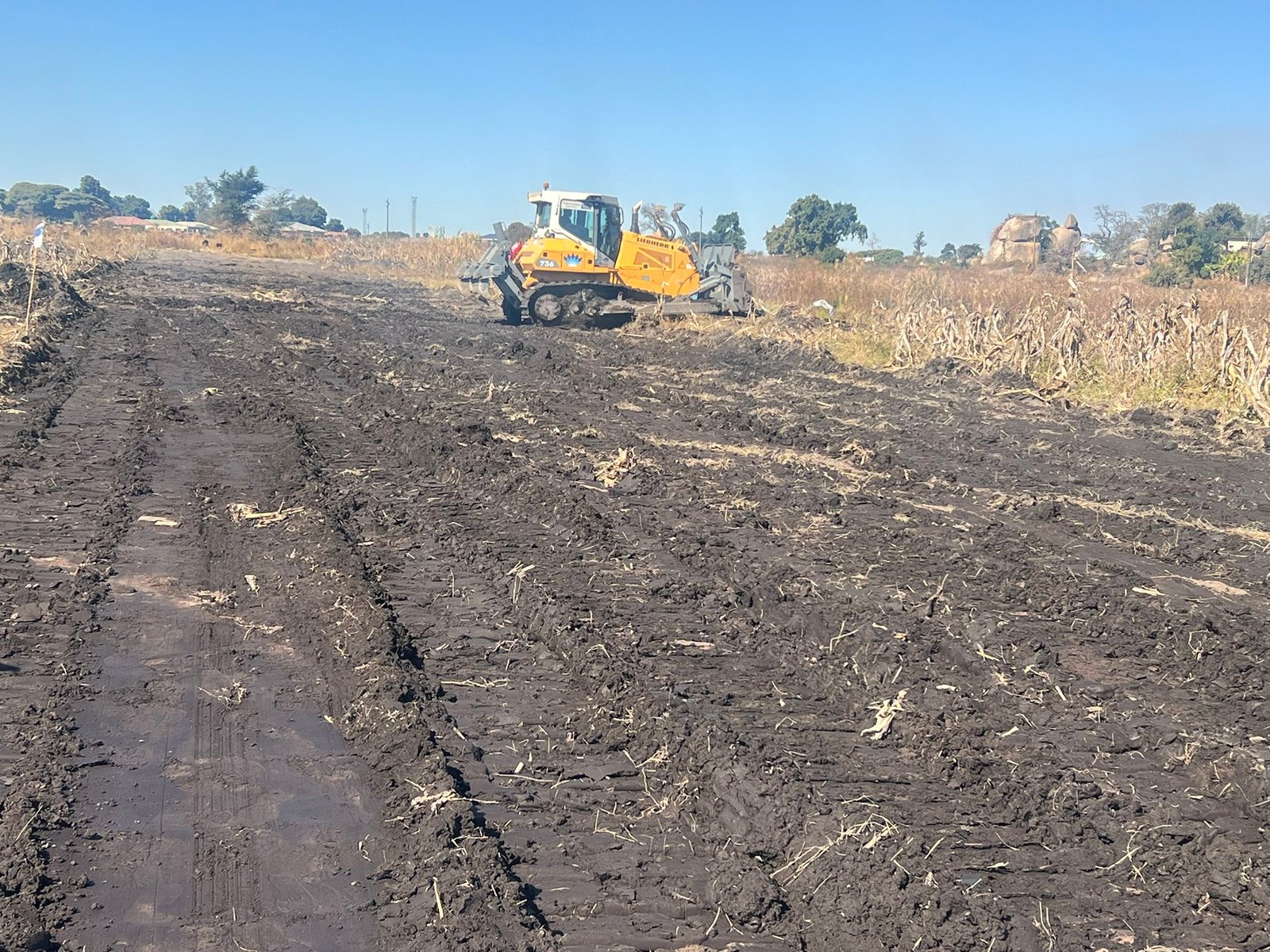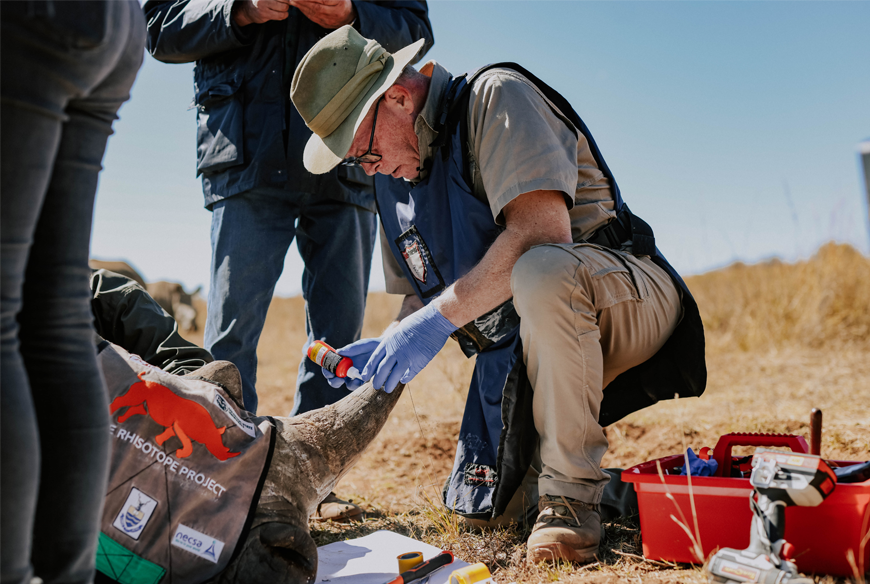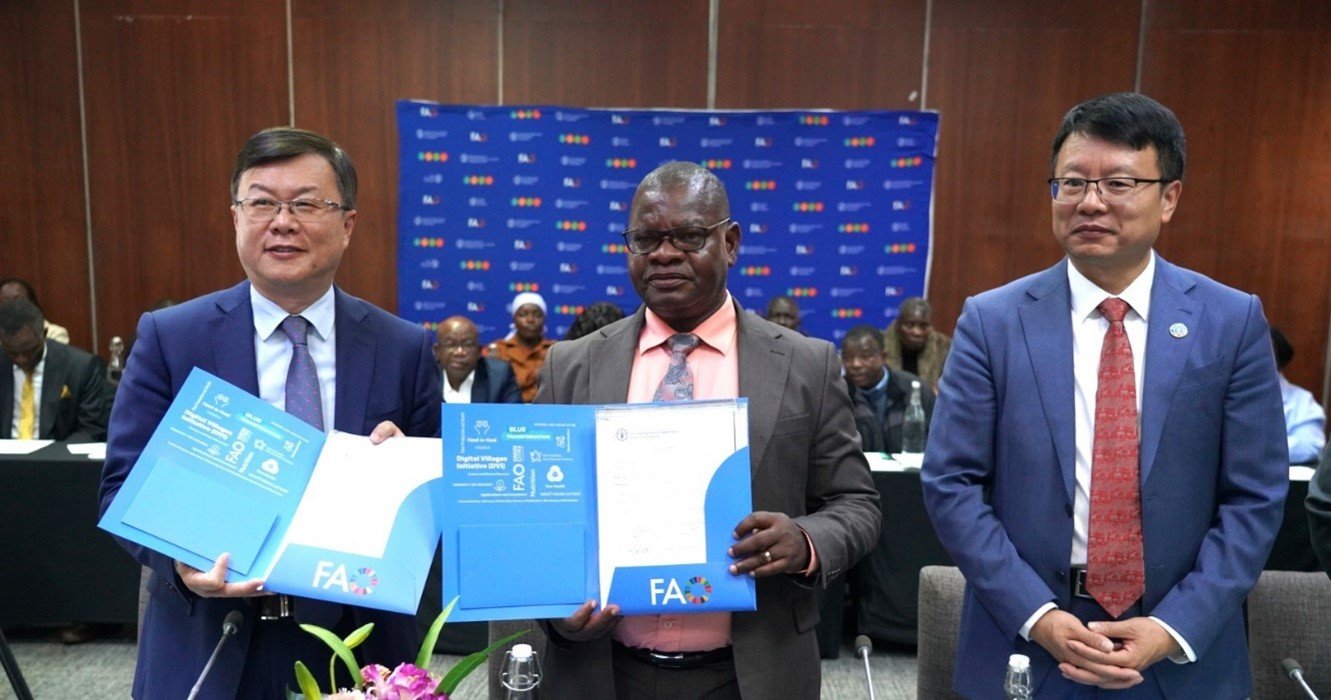Environmental leaders at the COP15 summit on wetlands have called for stronger enforcement mechanisms to prevent the continued degradation of wetlands, as countries face growing challenges in managing and restoring these critical ecosystems.
The Global Wetland Report states that since 1970, wetlands have declined by 0.52% per year, amounting to the loss of over 411 million hectares, with at least 22% of wetlands having disappeared since 1970.
Dr Musonda Mumba, Secretary General of the Ramsar Convention on Wetlands, noted that several countries have begun to implement specific legislative frameworks to address wetland degradation. She cited Trinidad and Tobago as an example, where authorities have introduced strict penalties for unauthorised development in wetland areas.
“The government of Trinidad and Tobago relies heavily on tourism. As a result, there is high demand to build hotels with sea views, which often compromises and jeopardises wetland ecosystems.”
“In response, the government has introduced strict laws, including fines of over half a million dollars for any construction carried out in unverified locations or without an environmental impact assessment.”
Dr Mumba also pointed to China’s national wetland legislation framework as another example of growing international efforts to protect these ecosystems.
“The same happens in China, where they actually have a whole wetland legislation framework. So more and more is happening in the world, partly because there is a realisation that when you destroy a wetland, you do not even know whether it is going to recover or not, and the implications of it. So the management of it in its natural state is extremely important.”
She stressed the importance of national wetland inventories, explaining that effective protection is not possible without accurate data on the location and status of wetlands.
“Many countries are being encouraged not just to have the legislation in place, but to also have what are called national wetland inventories, because you cannot protect what you do not know.”
“Those inventories, the data, and the science are absolutely critical to be able to support the political and legislative frameworks that are now being put in place, and to be able to enforce,” she added.
Minister of Environment, Climate and Wildlife, Evelyn Ndlovu, said that Zimbabwe has legislation and statutory instruments in place to enforce wetland protection and that a new statutory instrument is expected to be finalised within two weeks.
“In Zimbabwe, we have legislation in place, and we also have statutory instruments that enforce that legislation to make sure that whoever damages the environment pays. We are actually working on the statutory instrument to make sure that we enforce that law, within two weeks, we will have that statutory instrument in place.”
The country’s Environmental Management Agency (EMA) is responsible for monitoring wetlands, maintaining a national registry, and overseeing restoration efforts. The Kasibo Wetland in Hwange, scheduled for a COP15 field visit, was successfully restored by EMA in partnership with the local community. This collaboration has enhanced water harvesting and strengthened local support for conservation efforts.
The Global Wetland Outlook sets the stage for urgent wetland action. To meet the 30% global restoration target, at least 123 million hectares of wetlands need to be restored. This figure increases significantly when accounting for degraded systems, as the 123 million hectares. However, both targets face major financing and resourcing challenges. There is an urgent need to scale up funding efforts.





